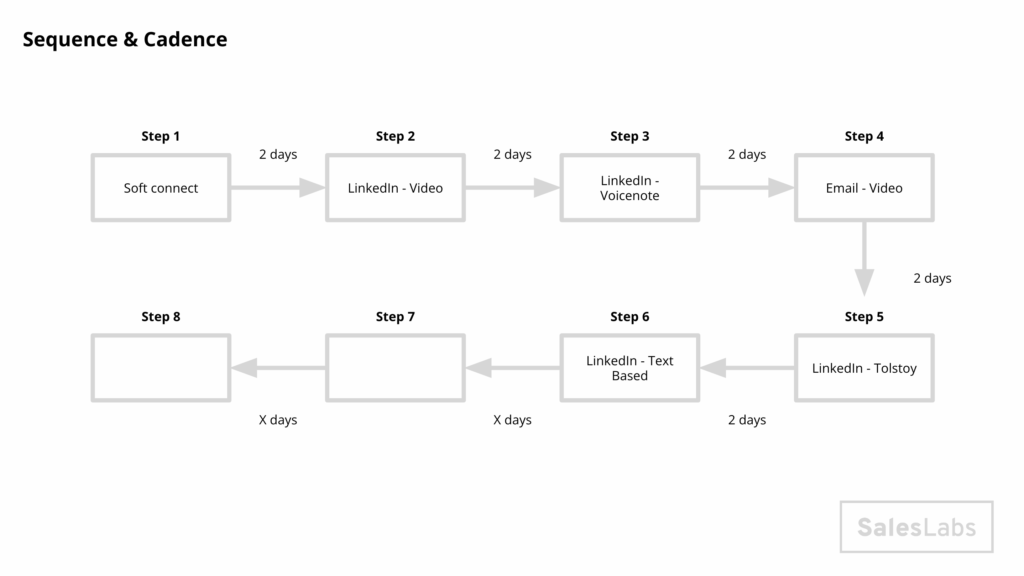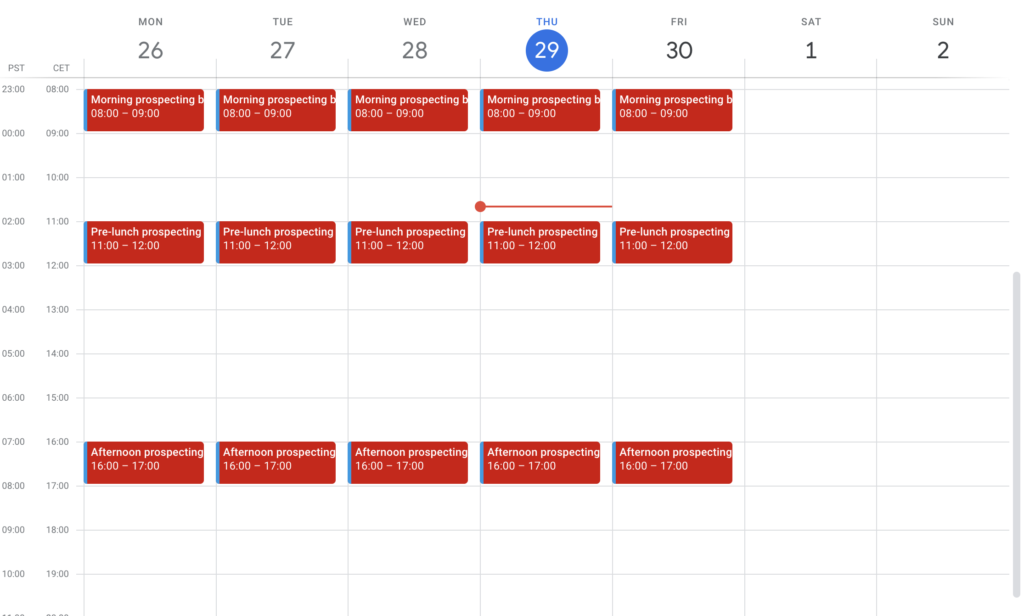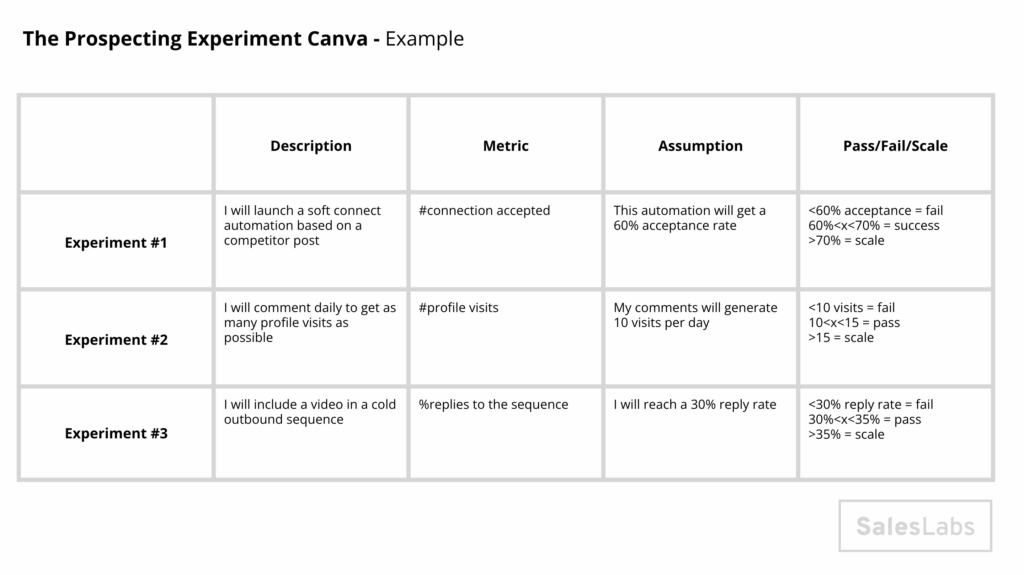Building an expansion sequence from scratch
Most sales reps fail to generate expansion opportunities. I personally failed to do it for years, for the following reasons:
I felt uncomfortable asking for more money when I had already closed a deal
I was only incentivized on new business
I didn’t know how to approach existing customers without sounding pushy
Sounds familiar? I have something for you.
Below are 5 steps you can follow to build an expansion sequence from scratch:
Step 1: Generate a list of existing and past customers
A good prospecting sequence always starts with prospects. In some cases, finding relevant prospects is challenging, but not there.
Start by listing all customers who are currently in contract with you. They will be your Tier 1.
Then go to all customers who are not in active collaboration with you, but who were in the past. They are your Tier 2.
Finally, list all the prospects who were in conversation with you (open opportunities), but didn’t do business with you. They are your Tier 3.
You should have an interesting list to reach out, with different triggers for contacting them.
Step 2: Build the structure of your sequence
Having an action plan for each Tier is critical. This will help you maximize your reply rate, and know when to stop if you don’t get a reply.
Using 3 touchpoints over email and LinkedIn is preferable because it helps you preserve your relationship, without being too pushy. Remember, you already had a conversation with all these prospects, so you don’t want to annoy them with an intense outbound sequence.
Here’s an sequence structure example I run:

Step 3: Write your messages
With Tier 1, your goal is to get internal and external referrals. With Tier 2 and 3, your goal is to restart a conversation.
In both cases, your messages should have the following elements:
be short (under 125 words)
give a valid reason for reaching out
tease curiosity
You can use the 3 following frameworks to do so:
First message:
Trigger: A mention of your relationship
Reason: The reason why you’re contacting them
Teaser: A short sentence to tease the curiosity of your prospect
Second message:
Trigger: A mention of your previous message
Question: A question related to a problem they had
Teaser: An intriguing piece of information
CTA: A simple ask
Third message:
Bump: A one or two words question
Here is the sequences I wrote for Tier 1:
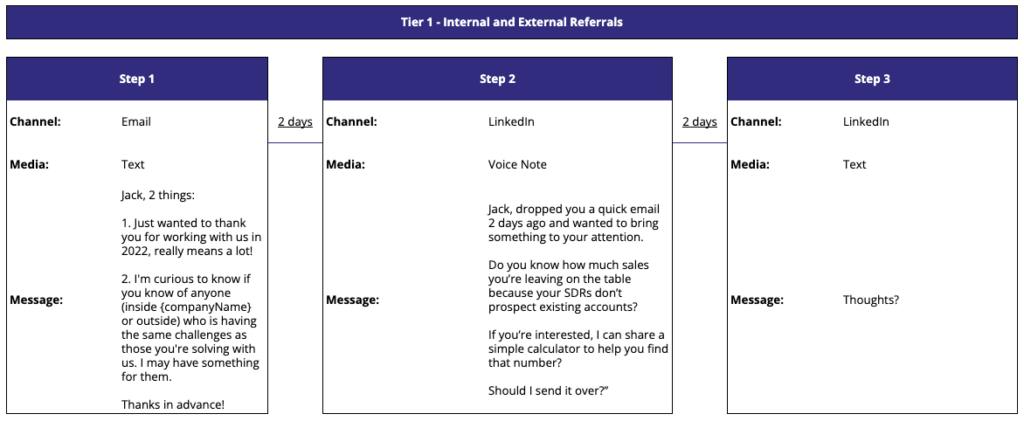
Step 4: Set time blocks
You may be tempted to launch your sequence and contact as many prospects as possible, but it’s not the best idea.
If you reach out to too many prospects at once, you’ll quickly lose motivation. You will end up with too many follow-ups at once, which will most likely discourage you.
Instead, create daily time blocks to protect your time, and add a set number of prospects to your sequence daily. I personally contact 2 expansion prospects per day, as part of my 5 daily new prospects to contact.
This creates a steady input of prospects, which turns into a predictable output (replies and meetings).
Step 5: Execute
Your last step is to go through your list in an organized manner. With your time blocks and a clearly defined cruising altitude, you’ll quickly see results.
These expansion prospects already know you, so you’ll get more replies compared to cold outreach with net new prospects. If you can contact these expansion prospects daily, you’ll start more conversations, and get more opportunities as a result.
For example, I have contacted 22 expansion prospects, got 9 replies, booked 6 meetings, generated over €60.000 of pipeline, and closed one deal.
Hope this helps.
Cheers,
Thibaut
- Build your outbound prospecting system from scratch here (230+ students)
- Write cold messages that get a 38% reply rate and 27% meeting rate here (40+)
- Book me 1:1 or for your team here
- (NEW!) Sponsor my newsletter & get 3K+ eyeballs on your ad!
Subscribe to the Newsletter
Get my free, 4 min weekly newsletter. Used by 5.900+ salespeople to book more meetings and work when, where, and how they want.
Subscribe to the Newsletter
Get my free, 4 min weekly newsletter. Used by 5.900+ salespeople to book more meetings and work when, where, and how they want.







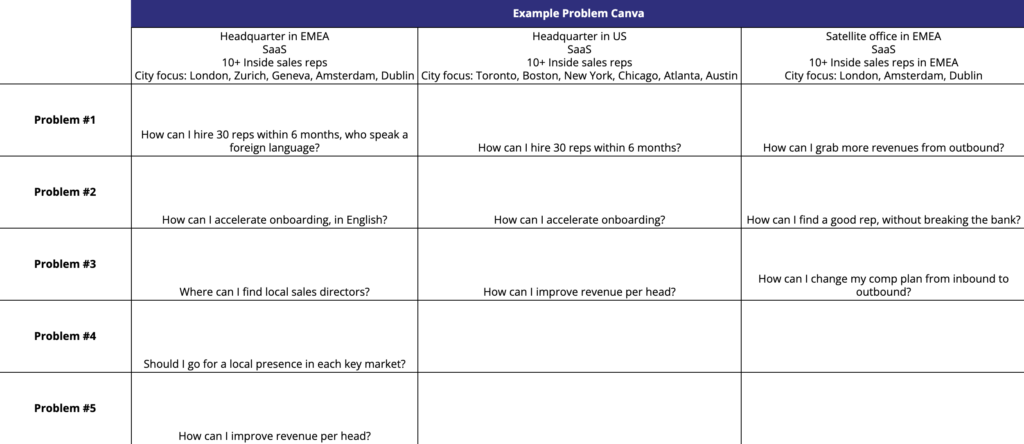
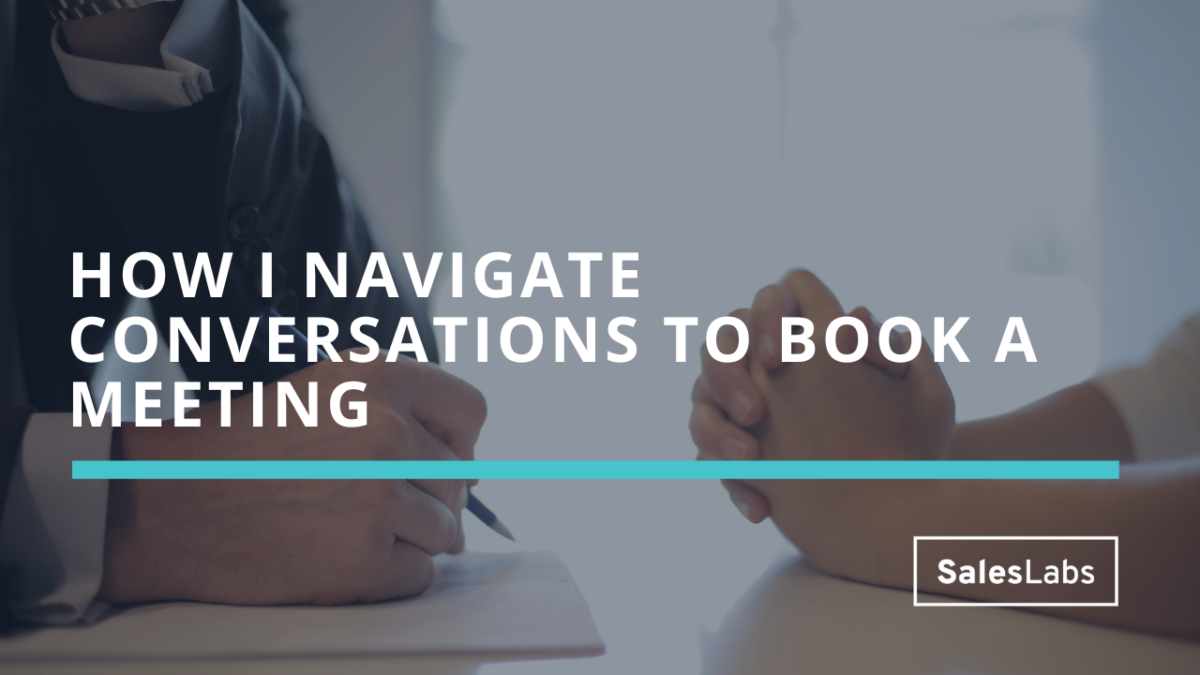
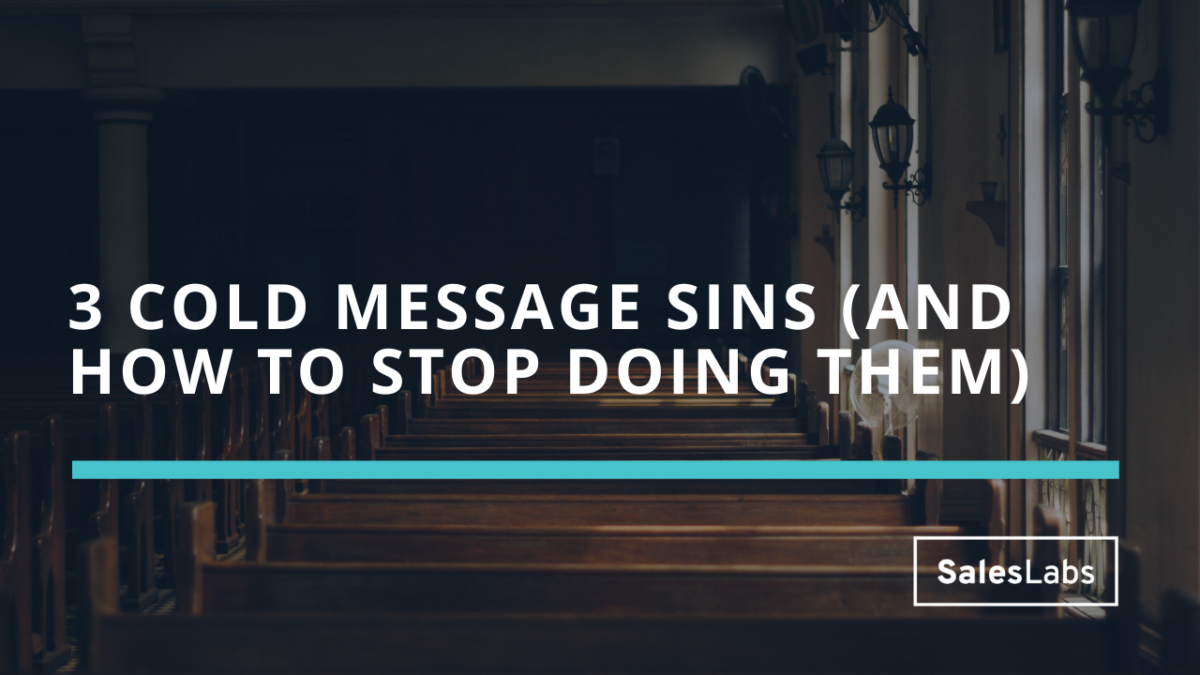
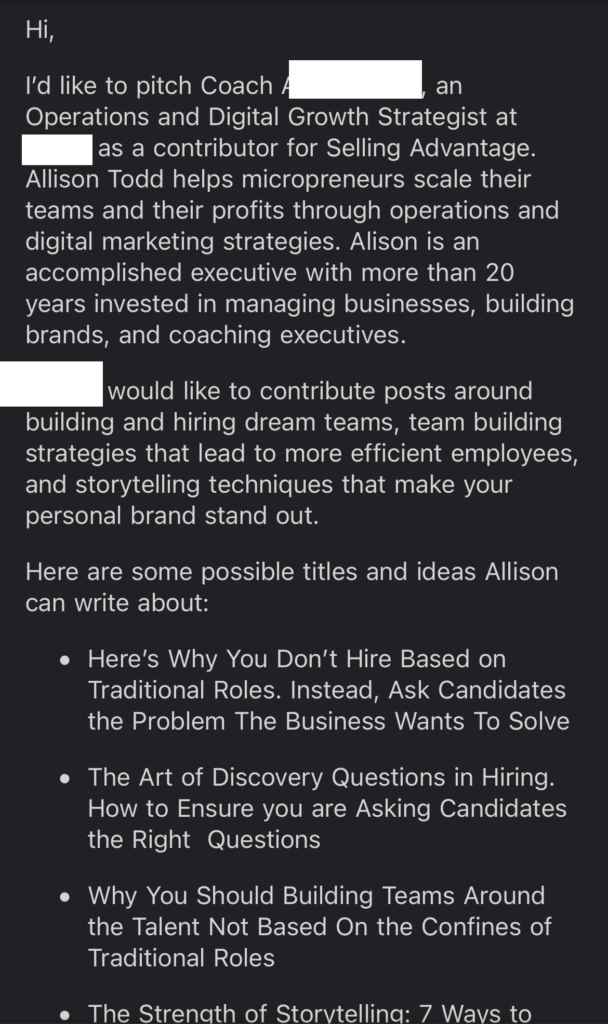


 ).
).